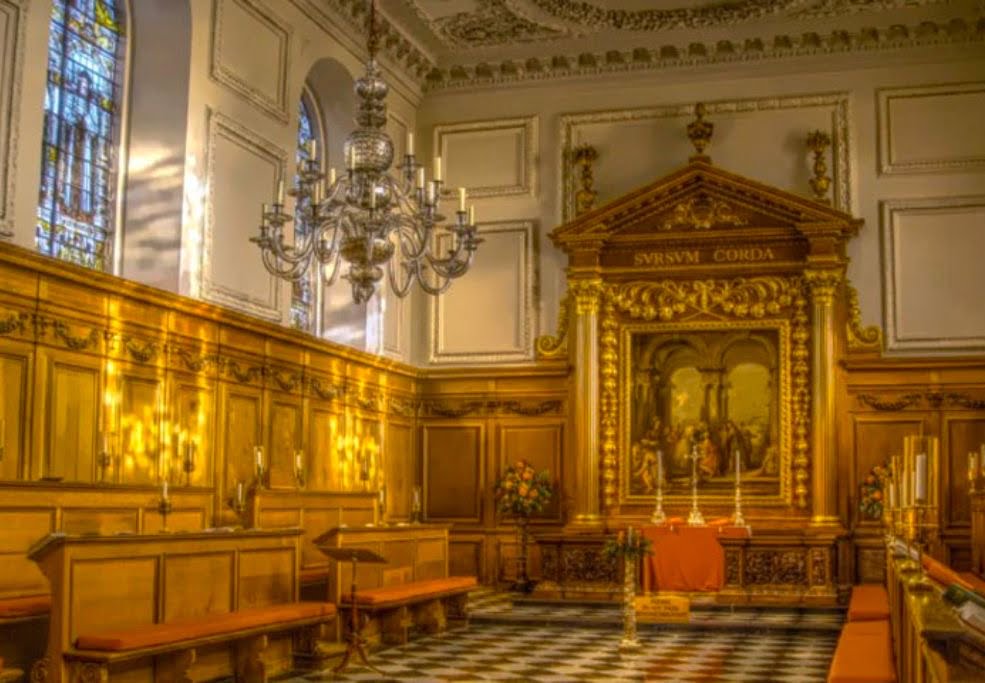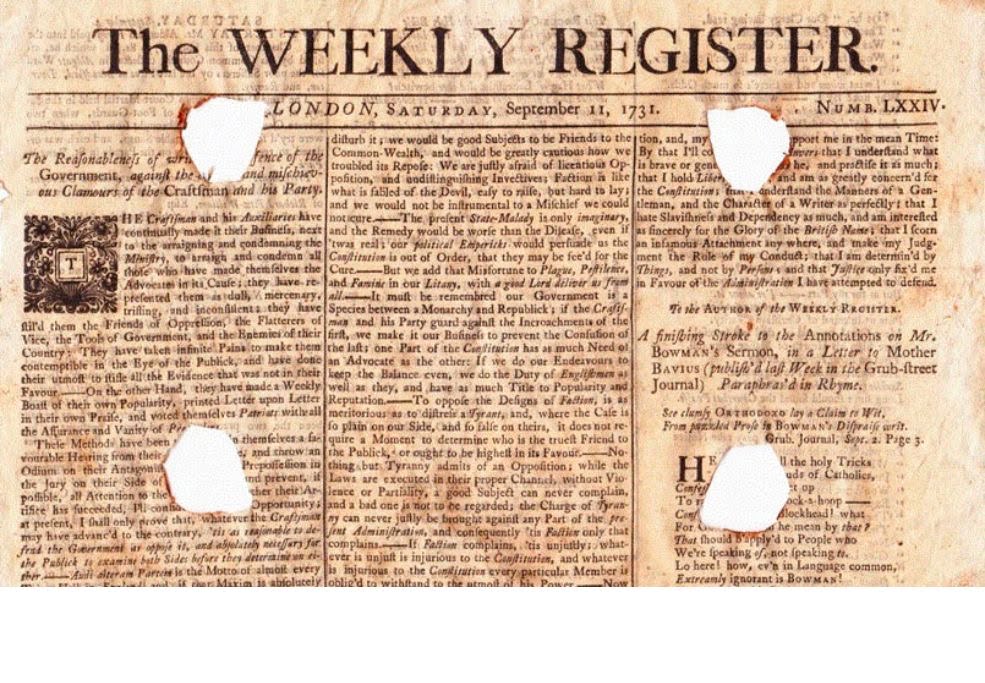
Wilkinson Move to Sittingbourne
Just 4 years after moving into our new premises in...

Wilkinson are happy to announce that we have completed the restoration of an antique chandelier in the Chapel at Emmanuel College, Cambridge.
Although we are specialists in restoring antique English chandeliers, it is rare that we get the opportunity to work on such exquisite examples as we did in the summer of 2017.
We were contacted by Jeremy Caddick, the Reverend and Dean of Cambridge’s Emmanuel College following some unfortunate damage to their historic chandelier that was suspended in the Chapel.
When David Wilkinson examined the chandelier at the Chapel, it was a relief to discover the arm that had been broken was a 20th century replacement – not an original 1730s piece.
In total, there were four reproduction arms (not counting the damaged one). These were identifiable as they were not as well made as the originals and were slightly shorter in length. Also they each had new square brass pots which led us to conclude that the arms were probably lost, not broken before they were replaced.
To restore the chandelier, we proposed to hand blow a new glass candle arm and drip pan in “Georgian grey tinted” lead crystal. We would then look to remove the broken glass pieces from the square brass receiver plate mount and plaster the new arm into the original mount making sure the new arm would sit level and the candle nozzle pointed straight upwards.
Due to the significant age of the chandelier we found that the plaster holding the heavy arms into the metal mounts was deteriorating and could in future result in the arms coming loose and falling. The solution was to remove the mounts from all of the arms and reset them in fresh plaster, which should give at least 50 years peace of mind.
It was known by the Dean and also documented in Martin Mortimer’s book The English Chandelier that the chandelier was a given to the college in 1732 by Edward Hulse MD as a gift, but it was not known whether the chandelier was manufactured around this date.
However when dismantling the chandelier at our workshop, we found a folded newspaper sheet dated 11th September 1731 inside one of the receiver bowls that had been used for packing out the spacing between the pieces.
To find out more about Wilkinson and why we chosen for the chandelier restoration at Emmanuel College, browse our chandeliers in stock.

The Pantiles Arcade (located in Royal Tunbridge Wells, Kent) is...
Registered Company Number: 02670892
© 2024 Wilkinson Ltd. All Rights Reserved.
We’ll never spam or share your data with a third-party.